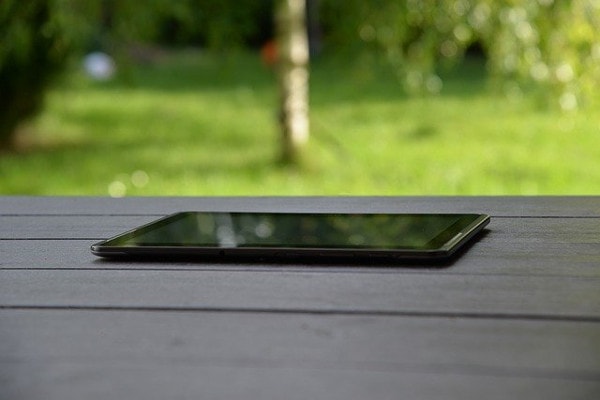Other than light then our plants need wind that will strengthen their stems and so a DC powered fan could be used.
We will also need to give our plants the right amount of water, heat and humidity.
All of these conditions that need meeting would make an excellent IoT garden automation nursery system.
All of the data that’s collected from the nursery can be sent to you remotely.
You could present this data using graphs and charts that will help you understand how your system is working.
Not forgetting that our plants will thrive in ideal conditions too.
